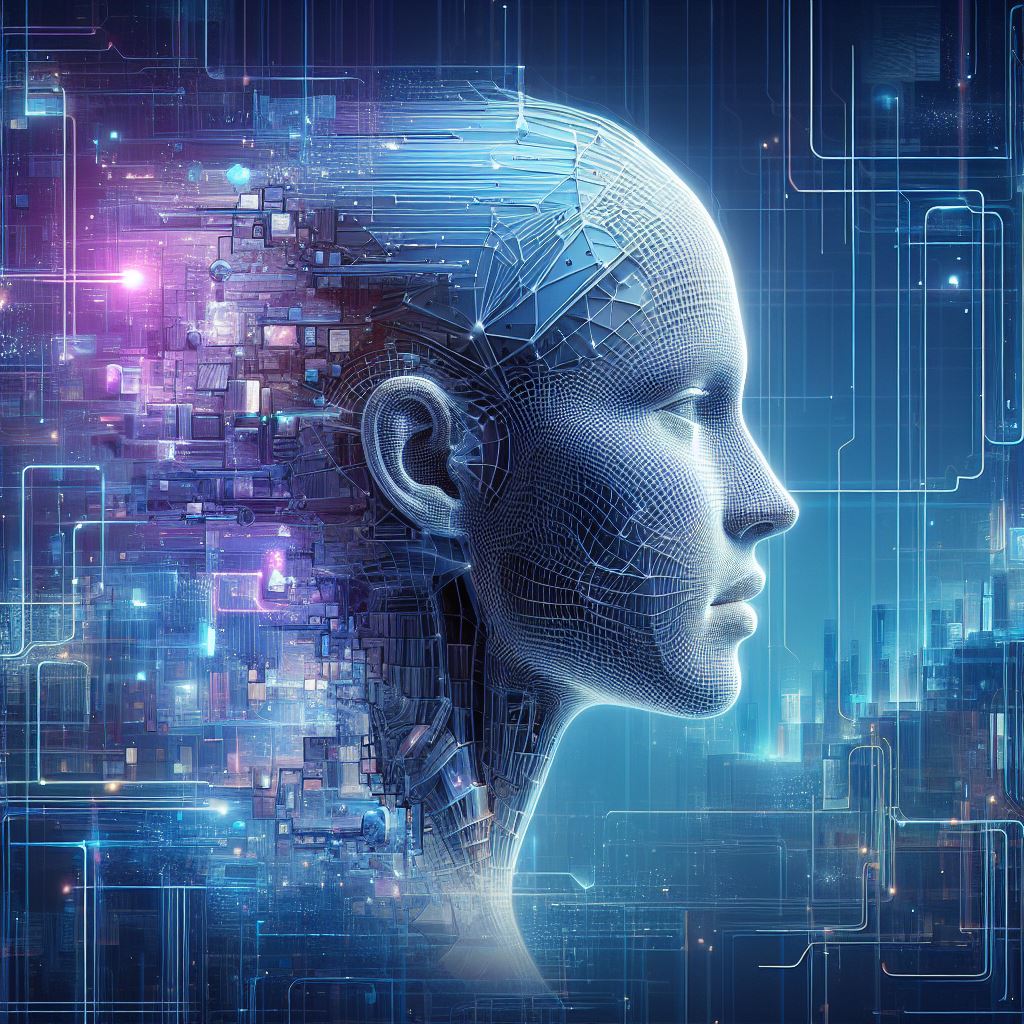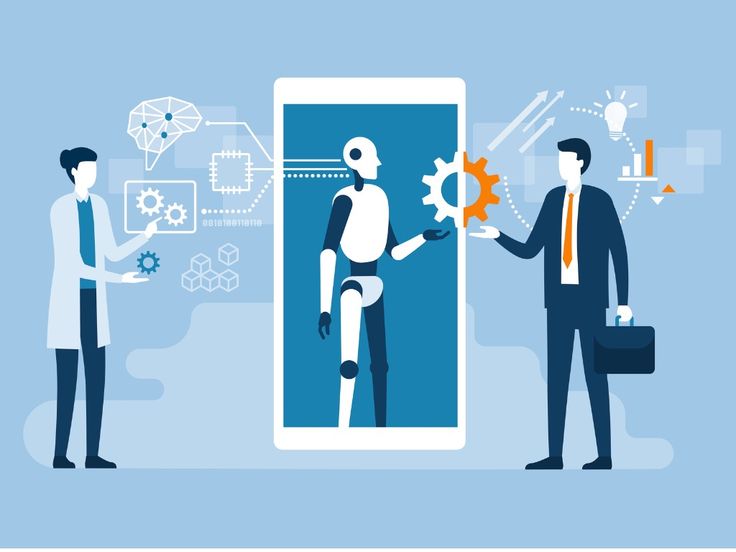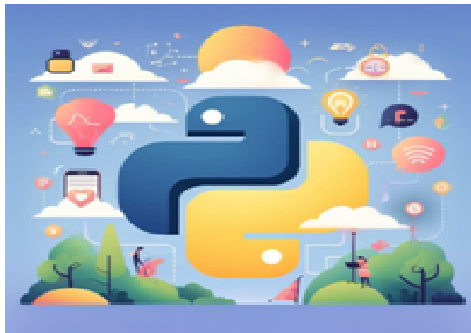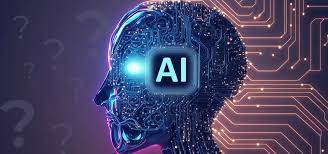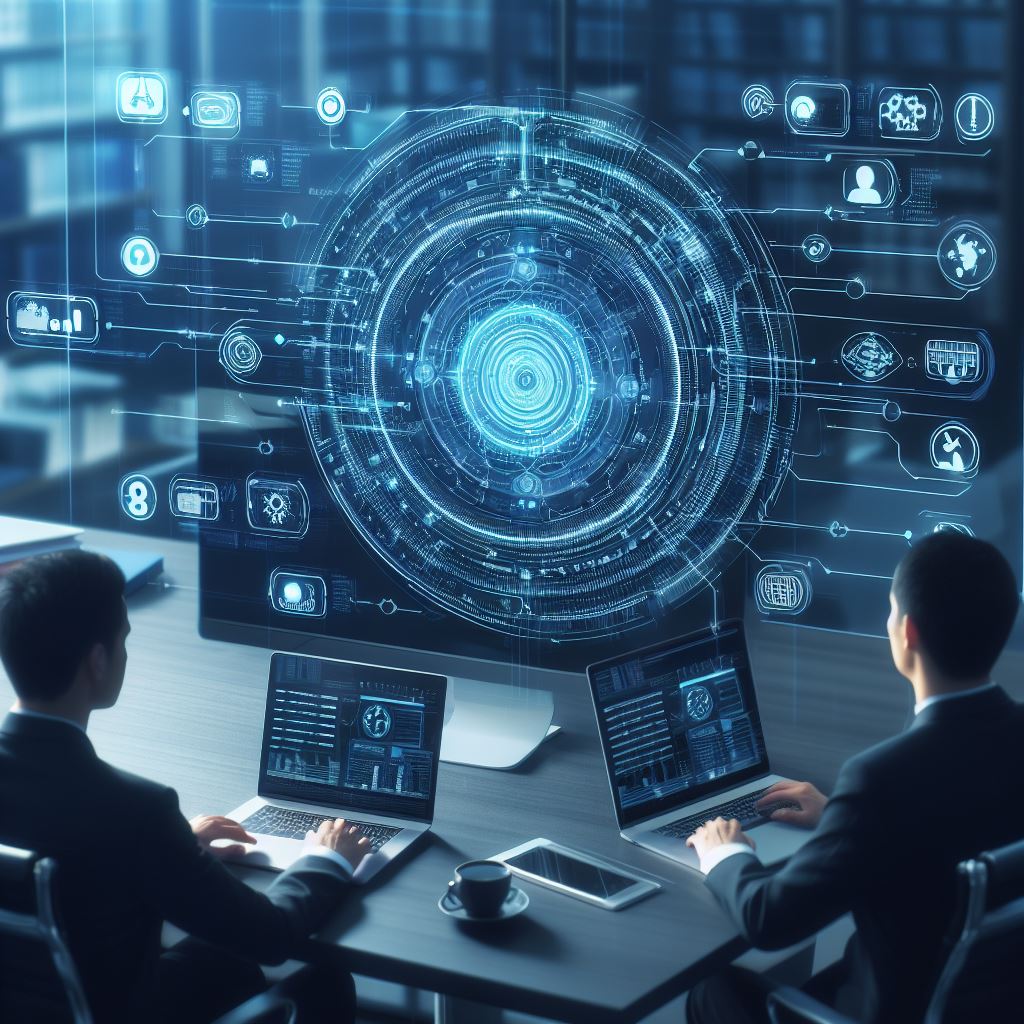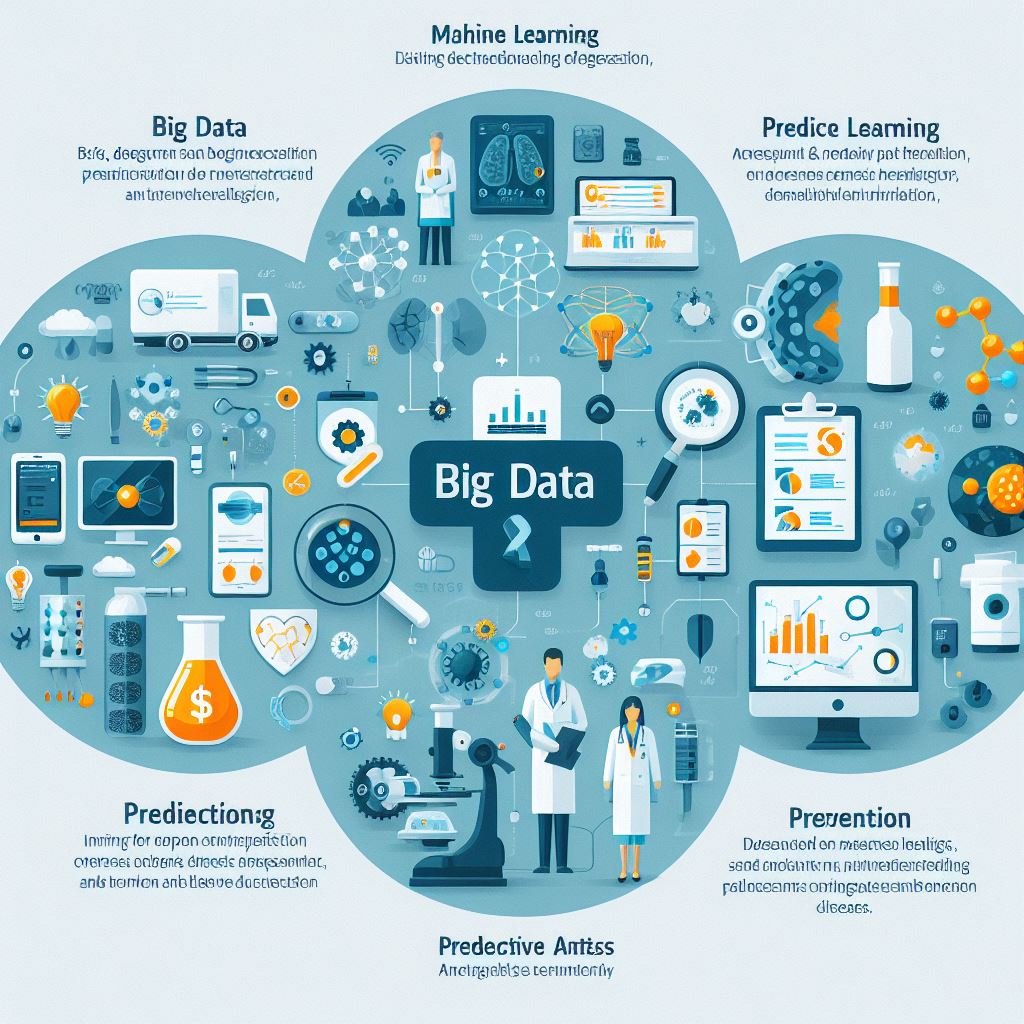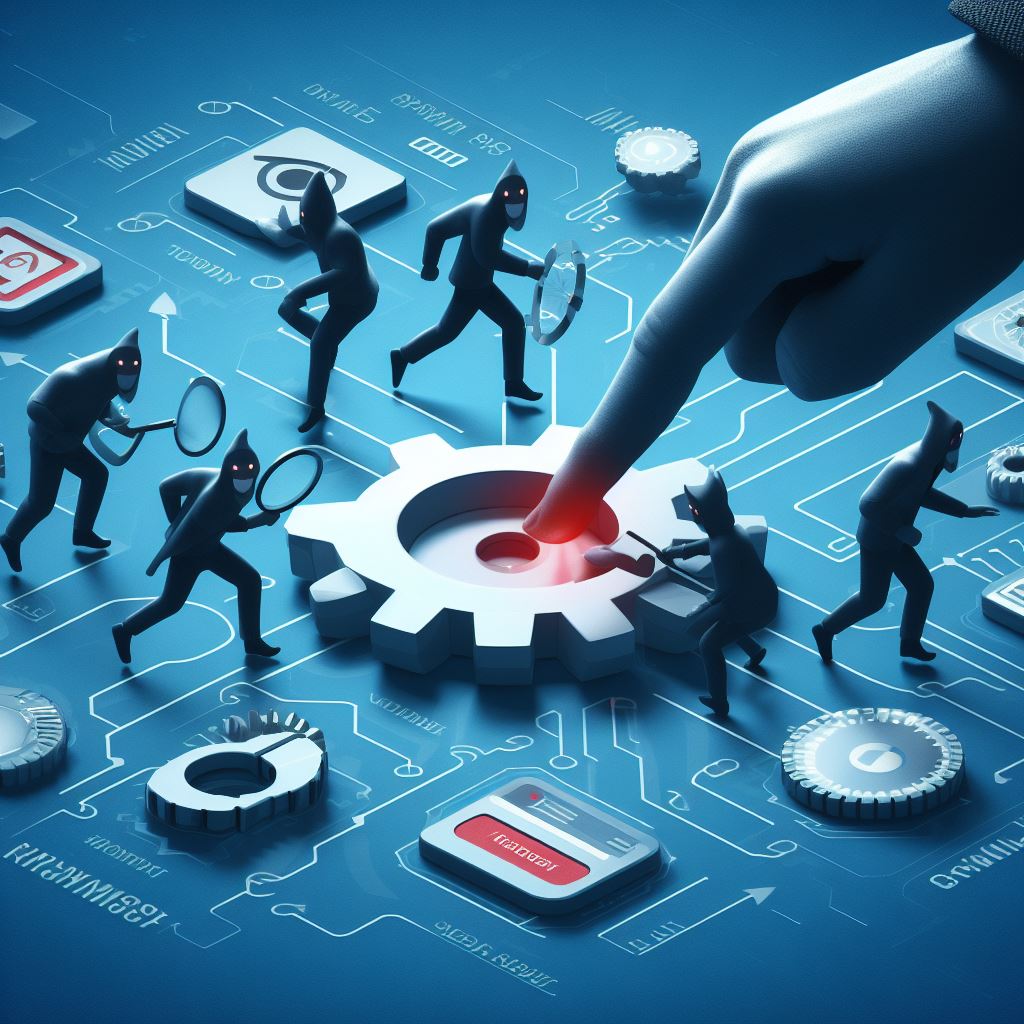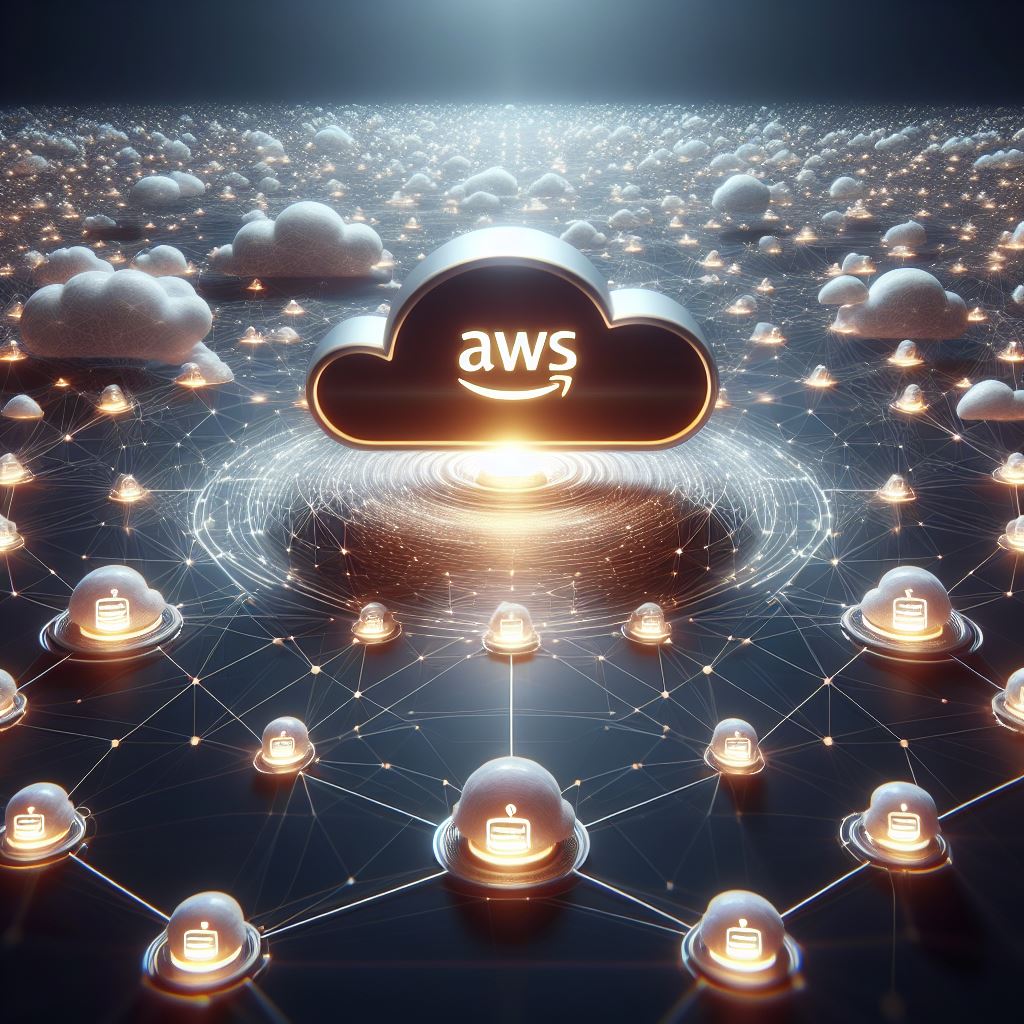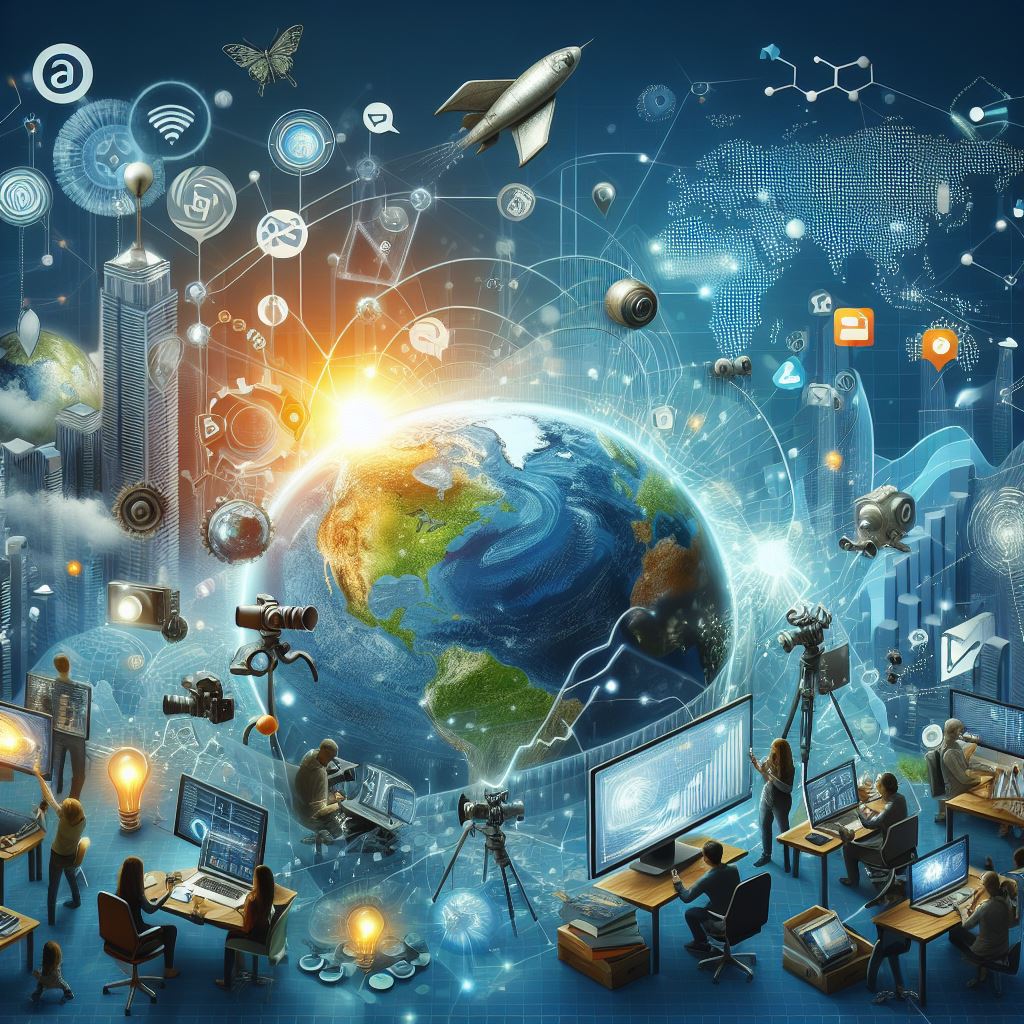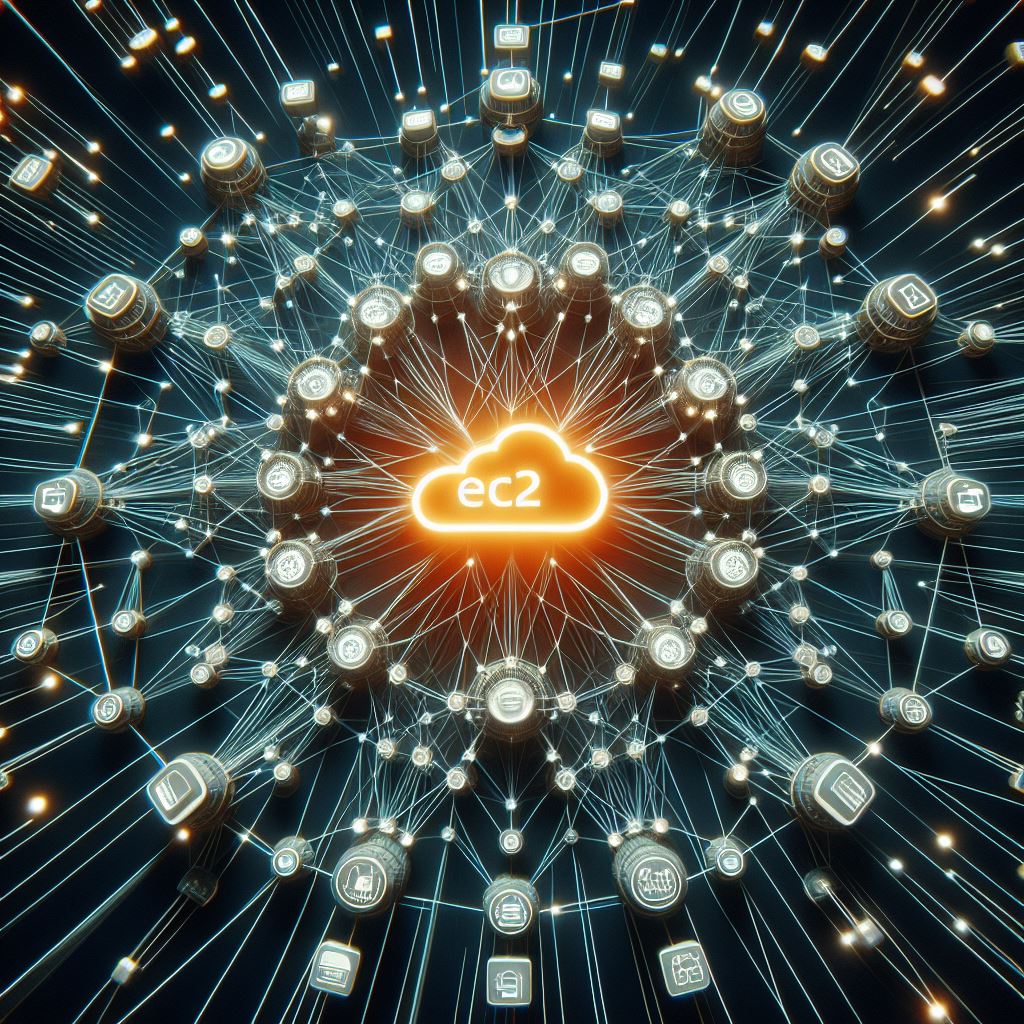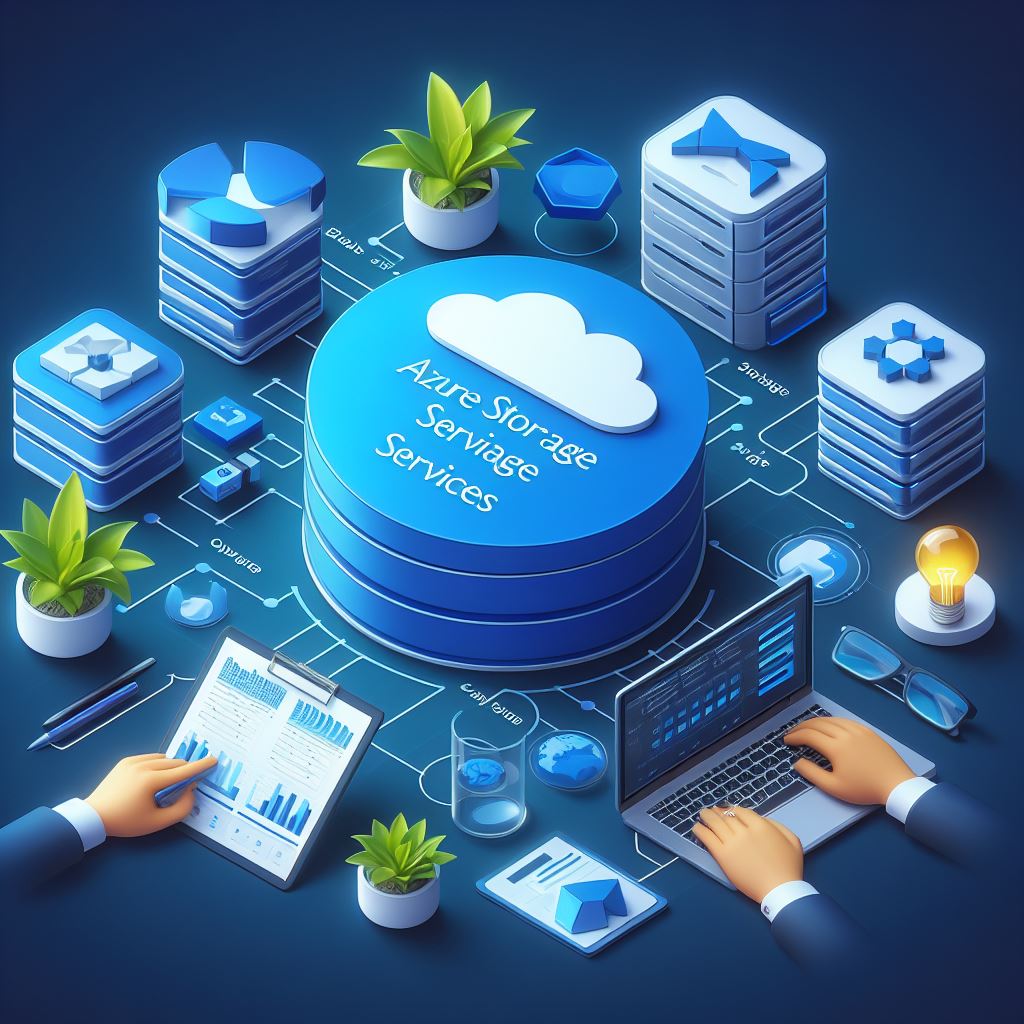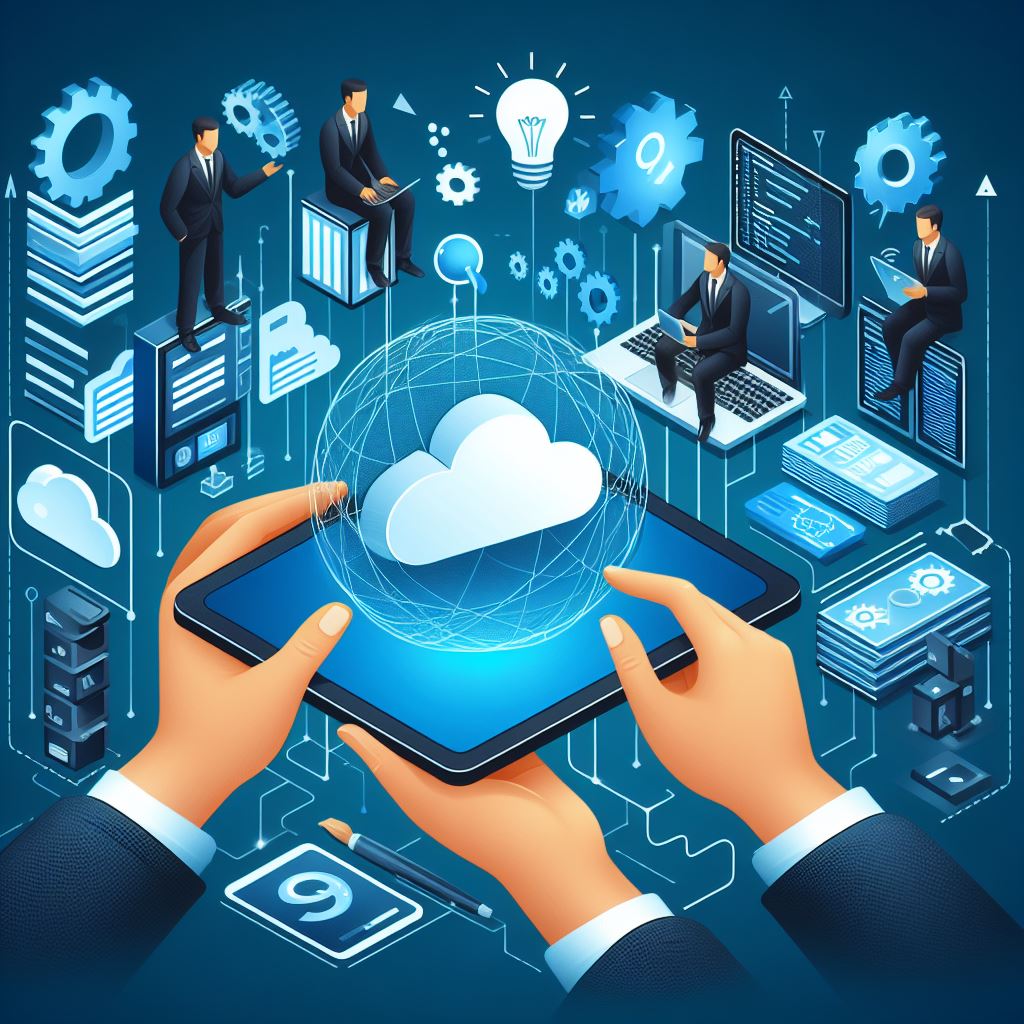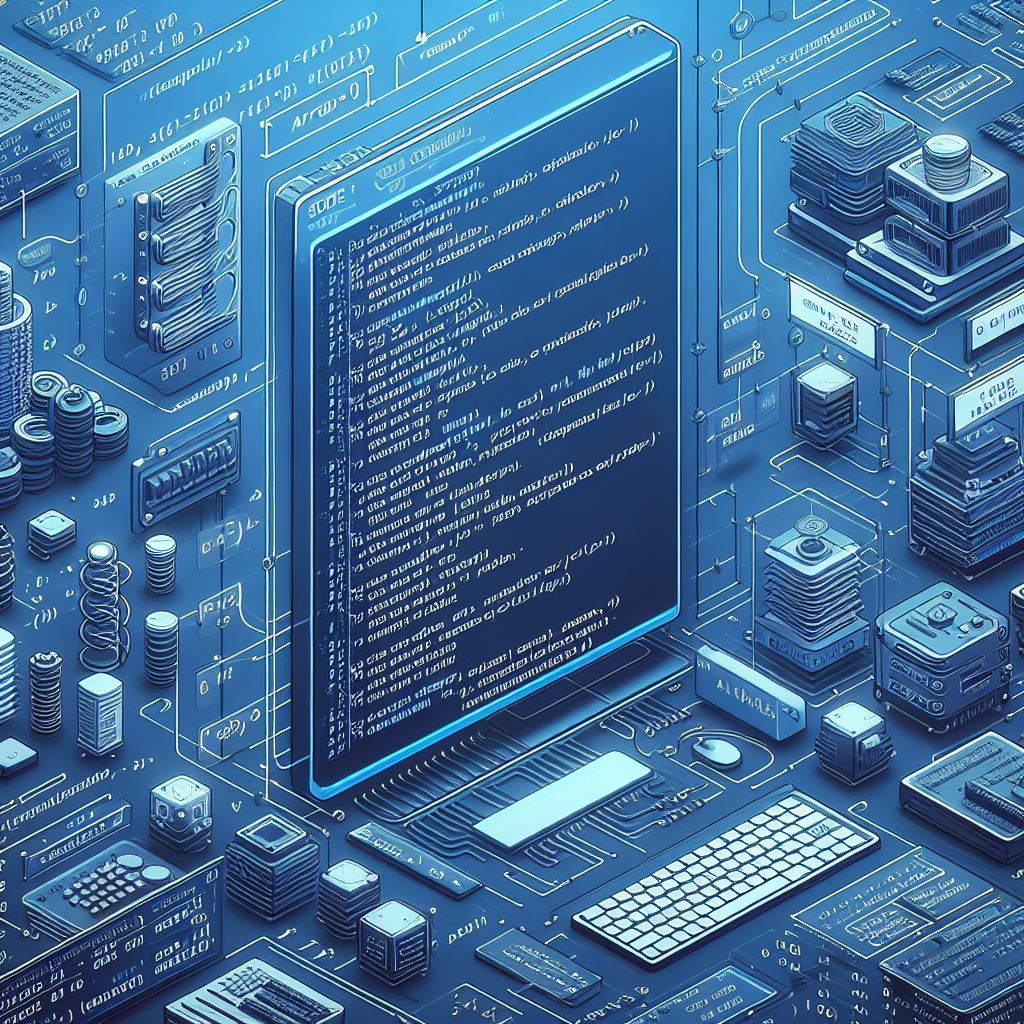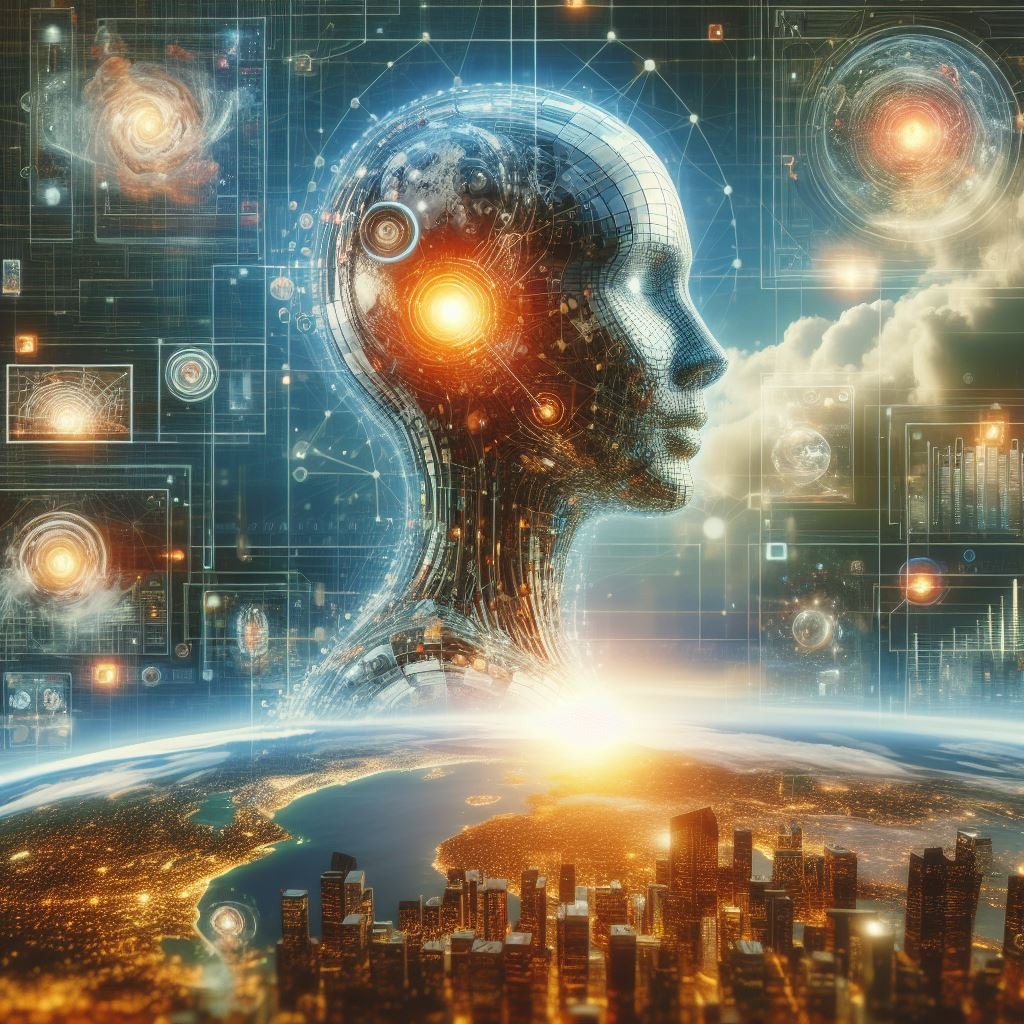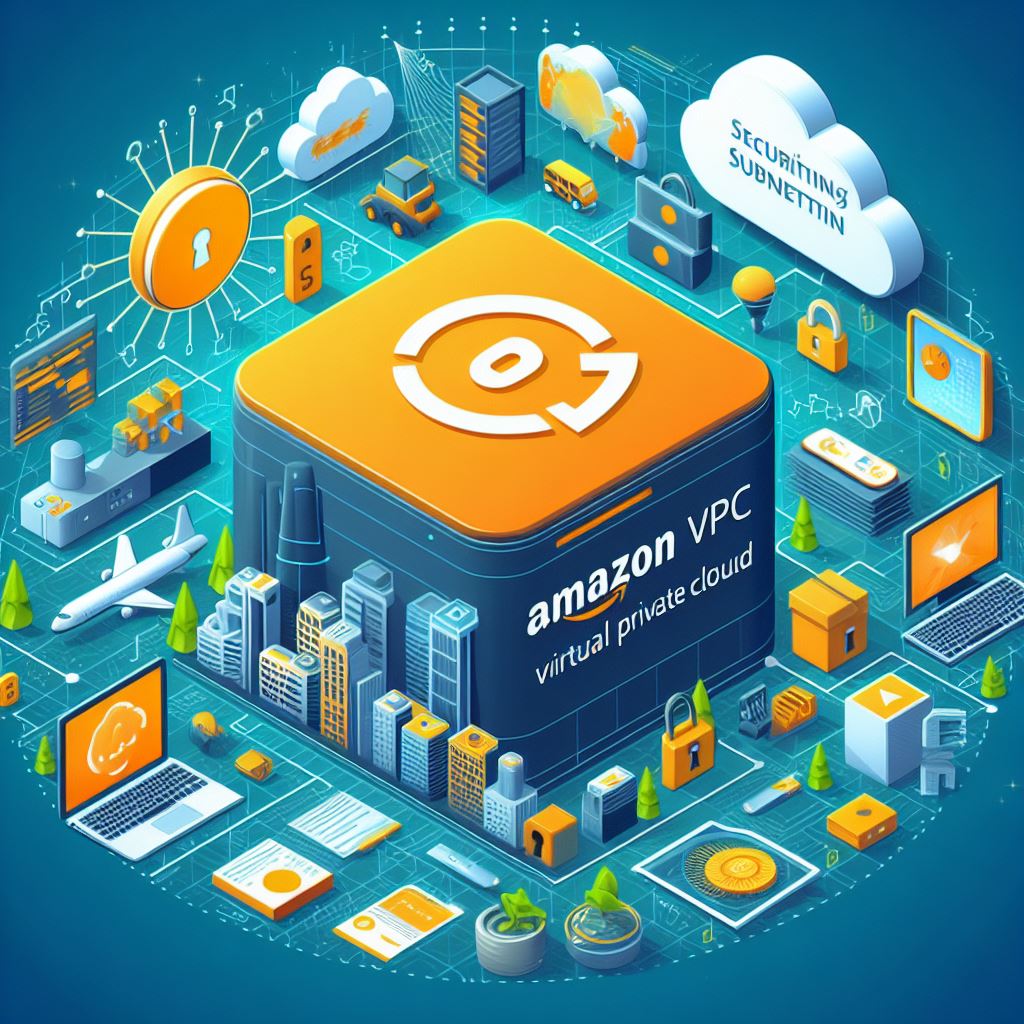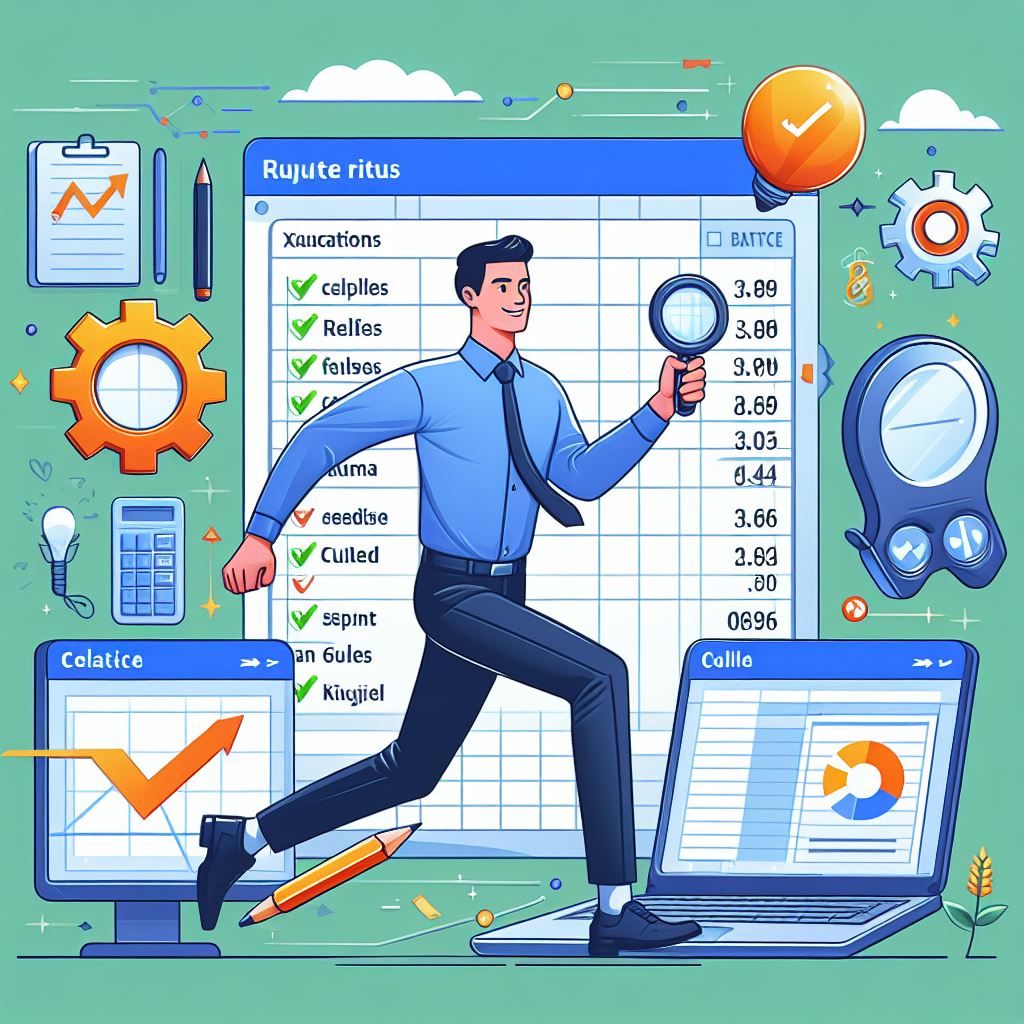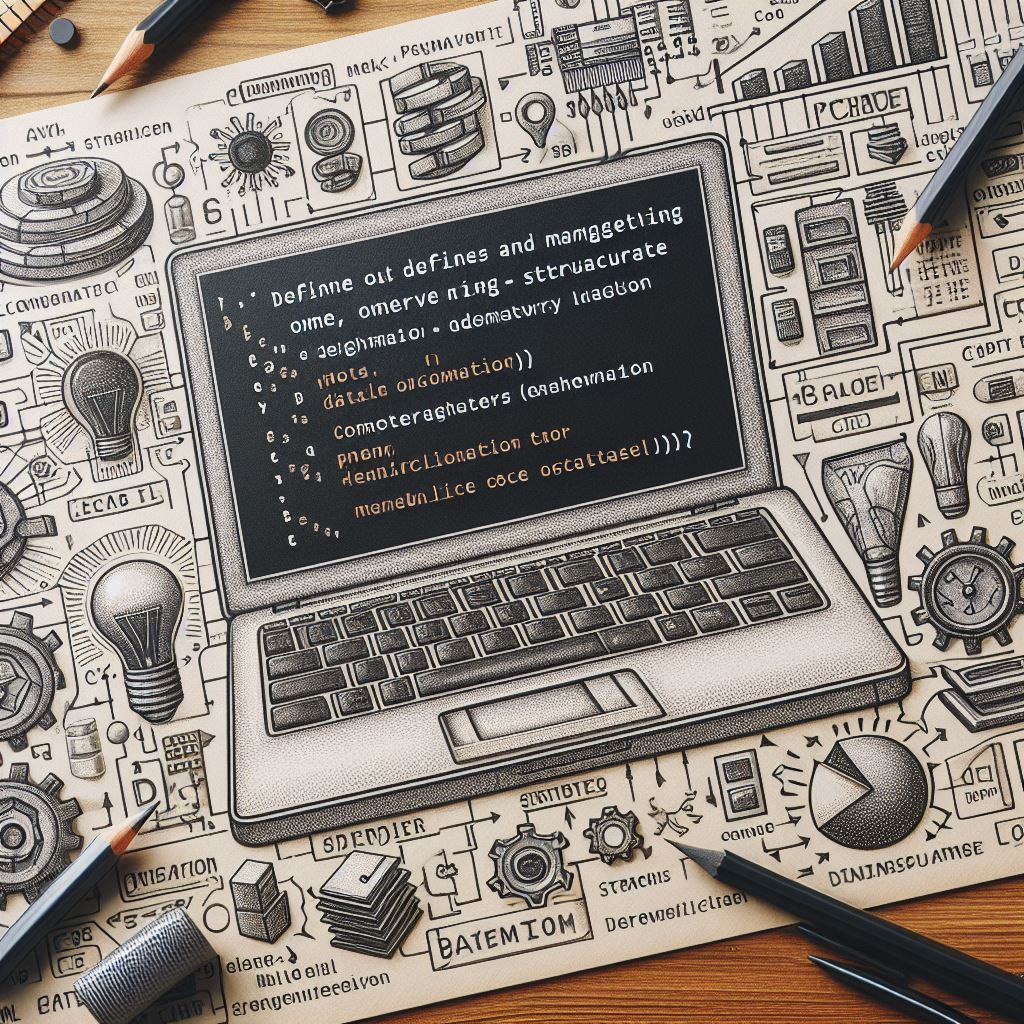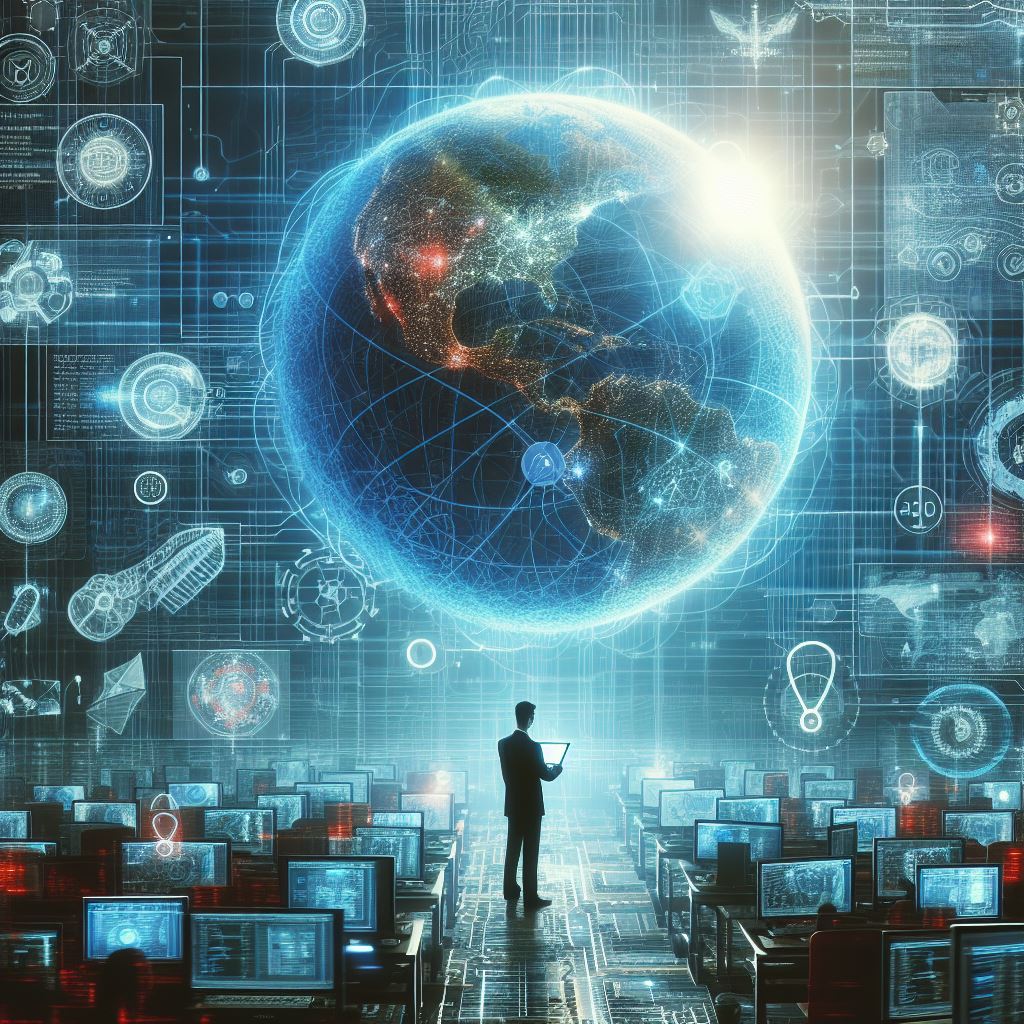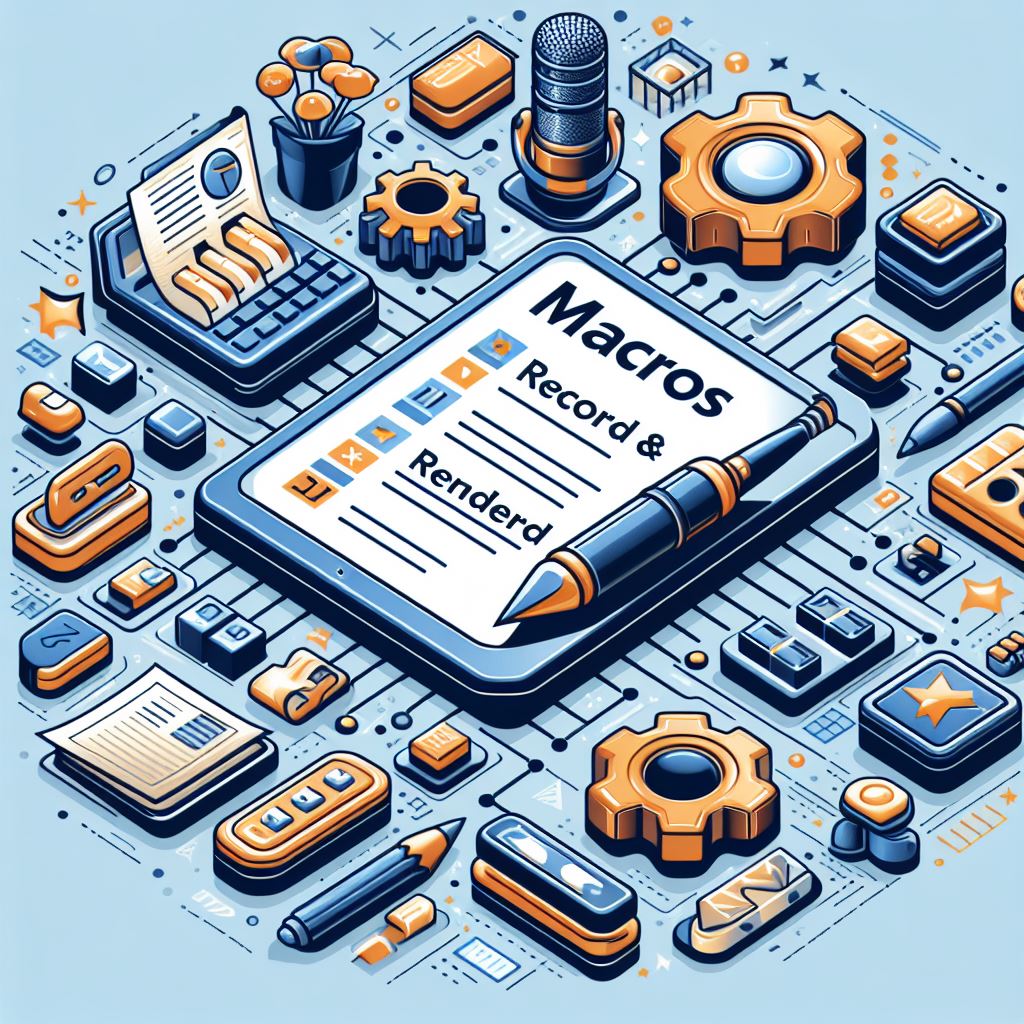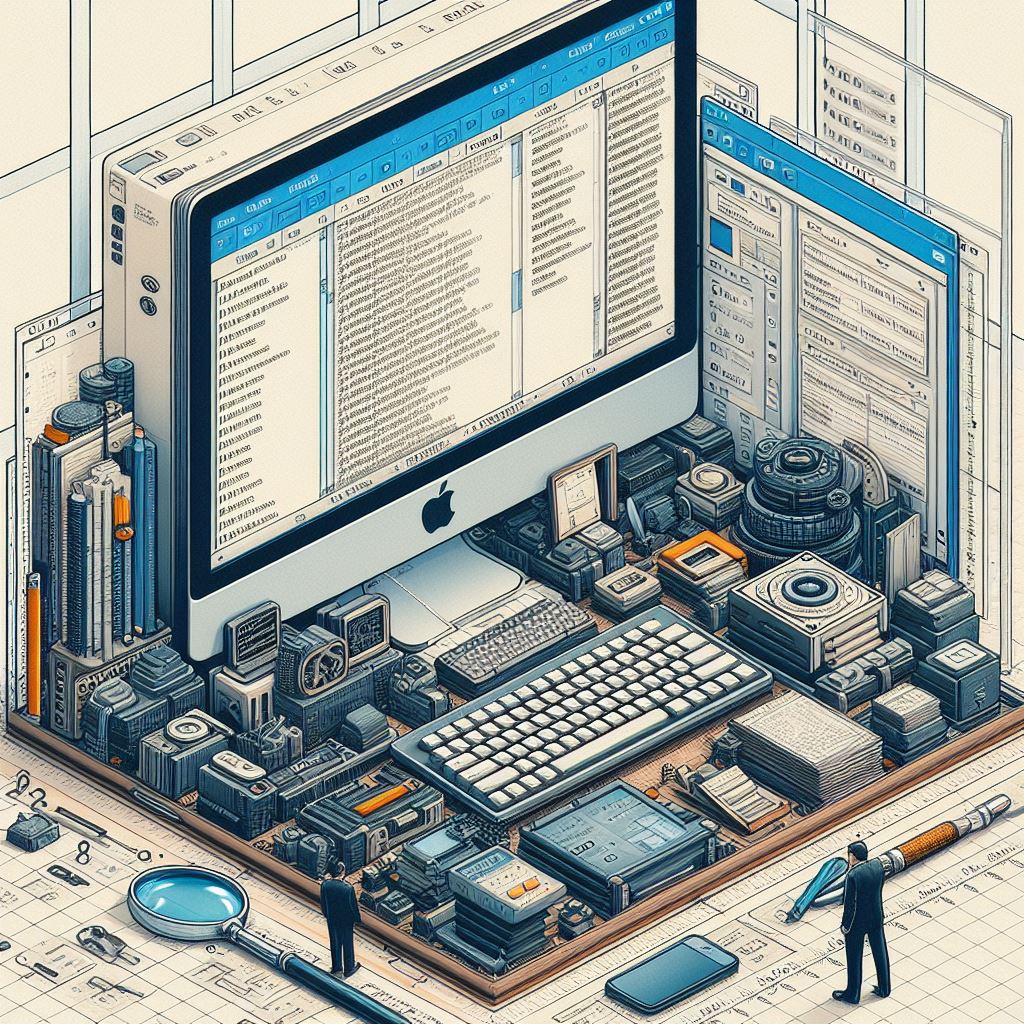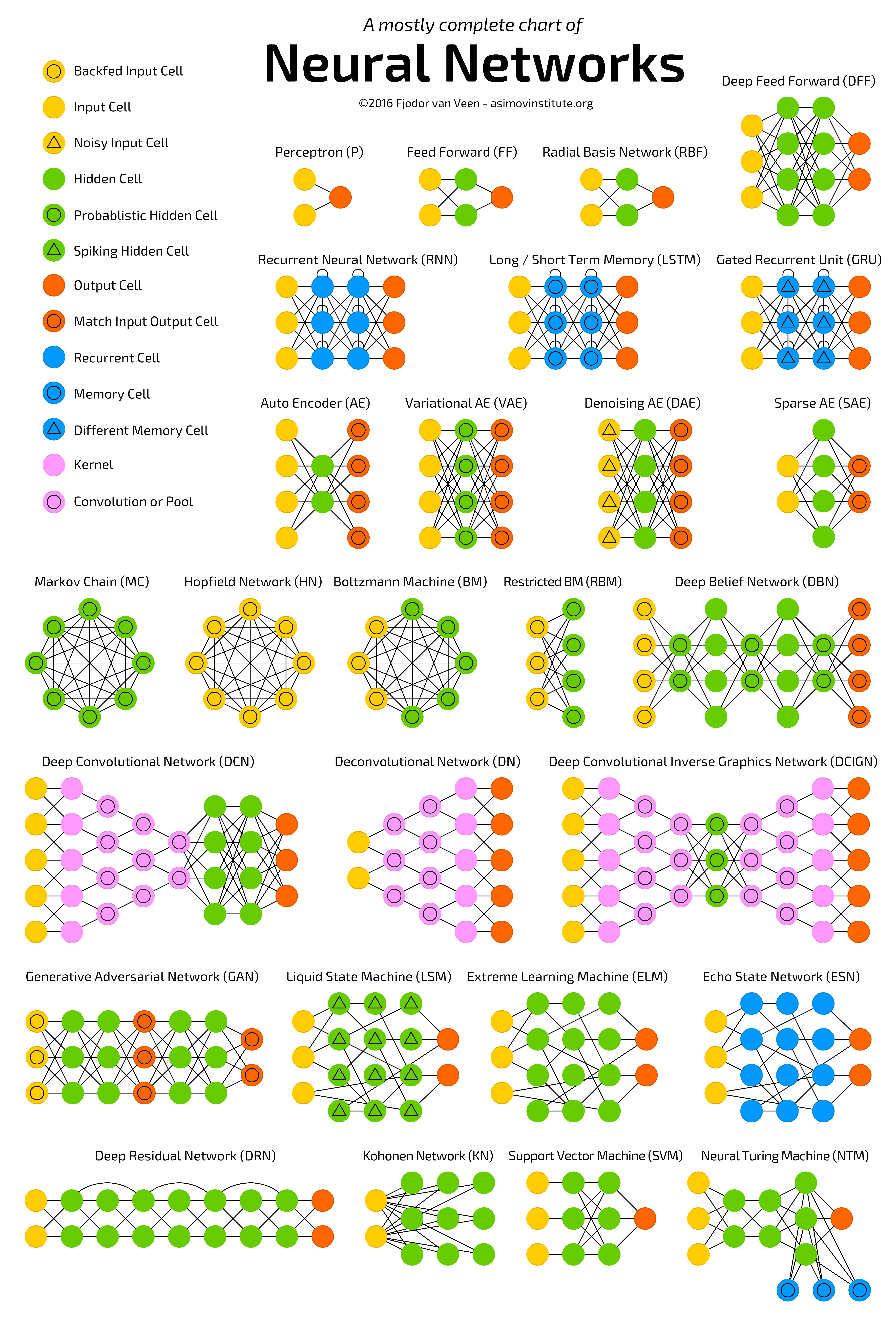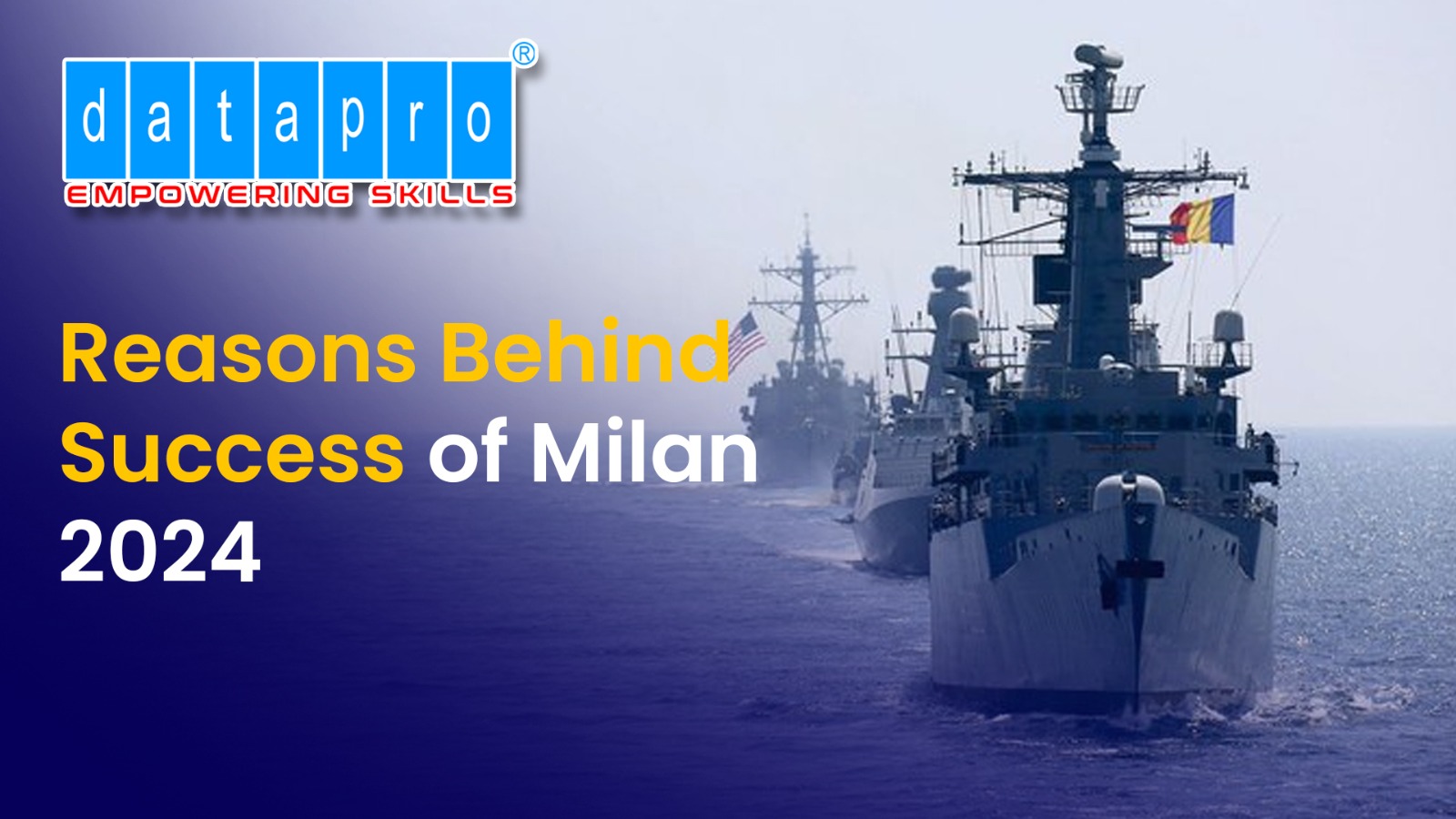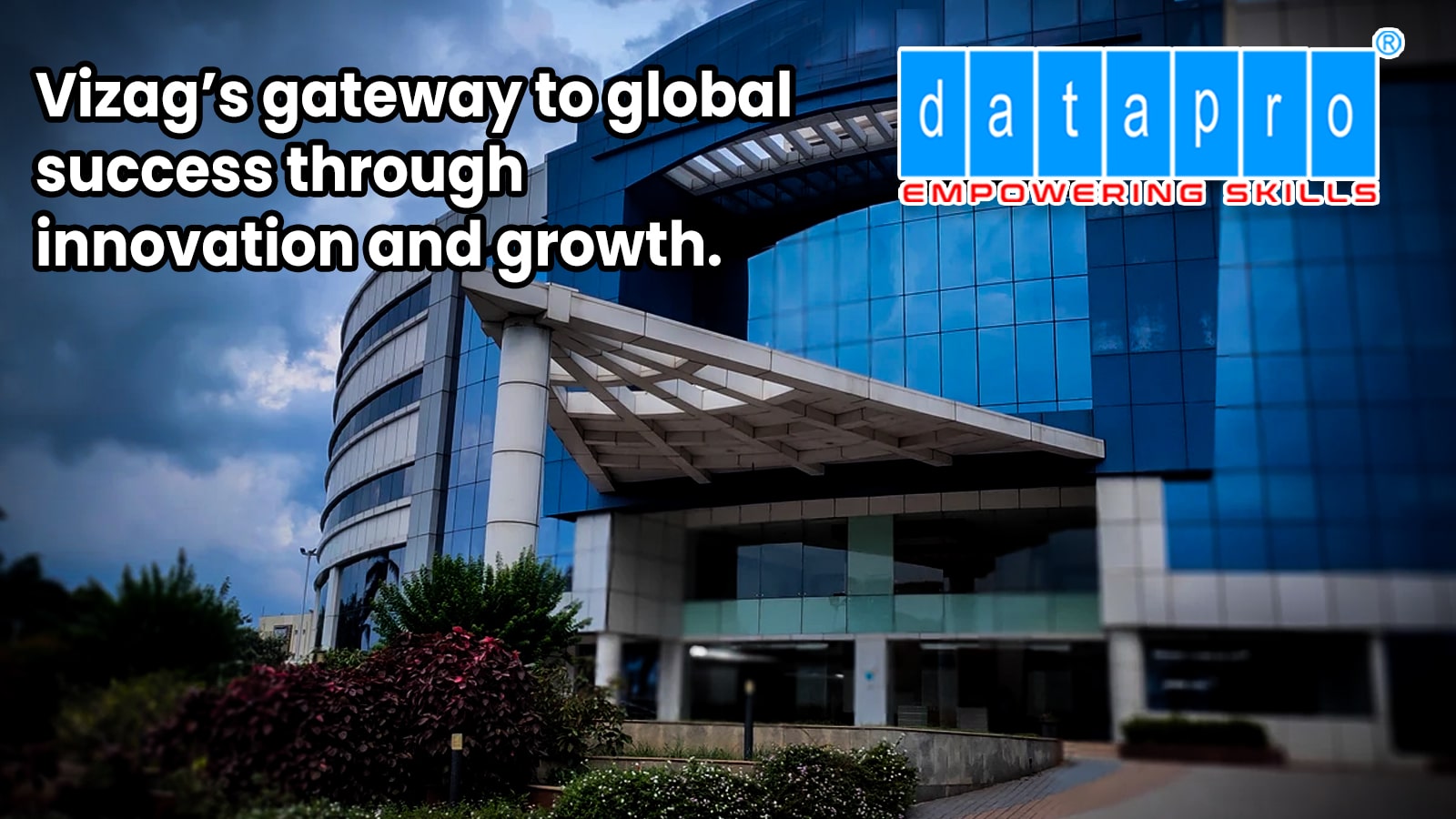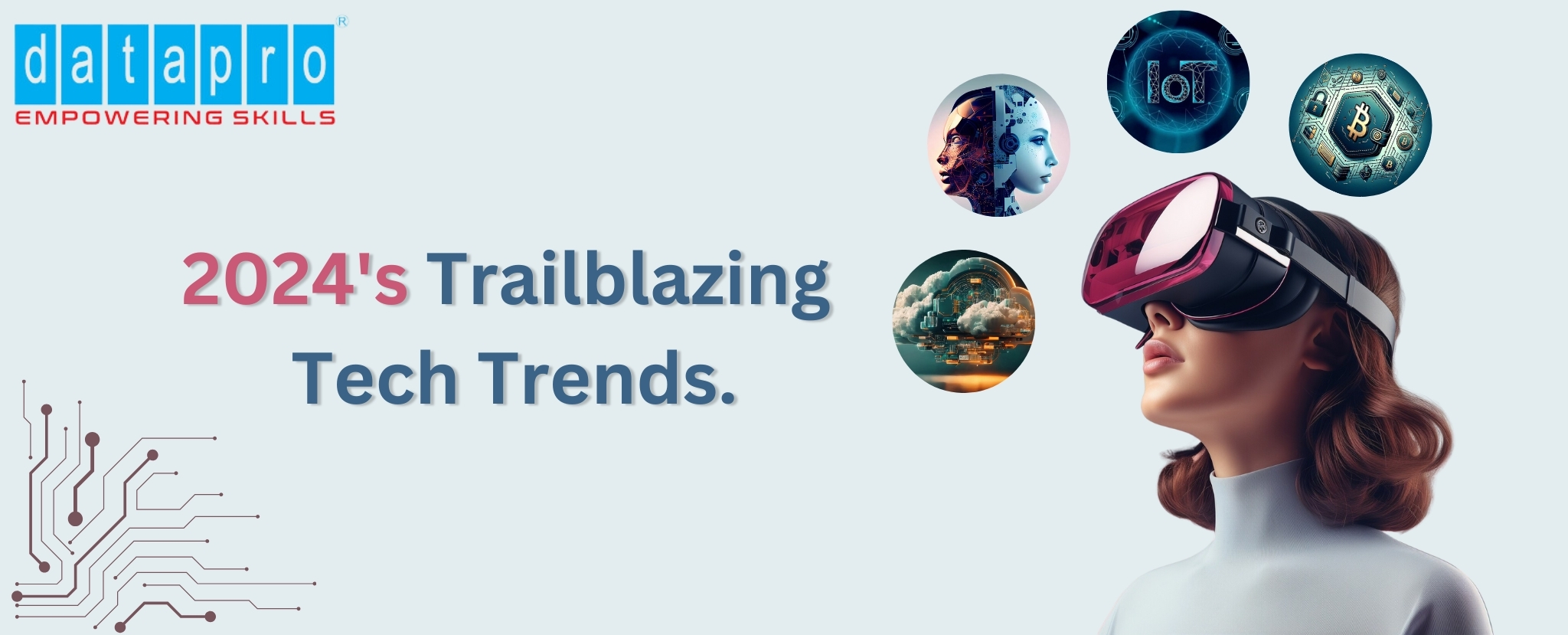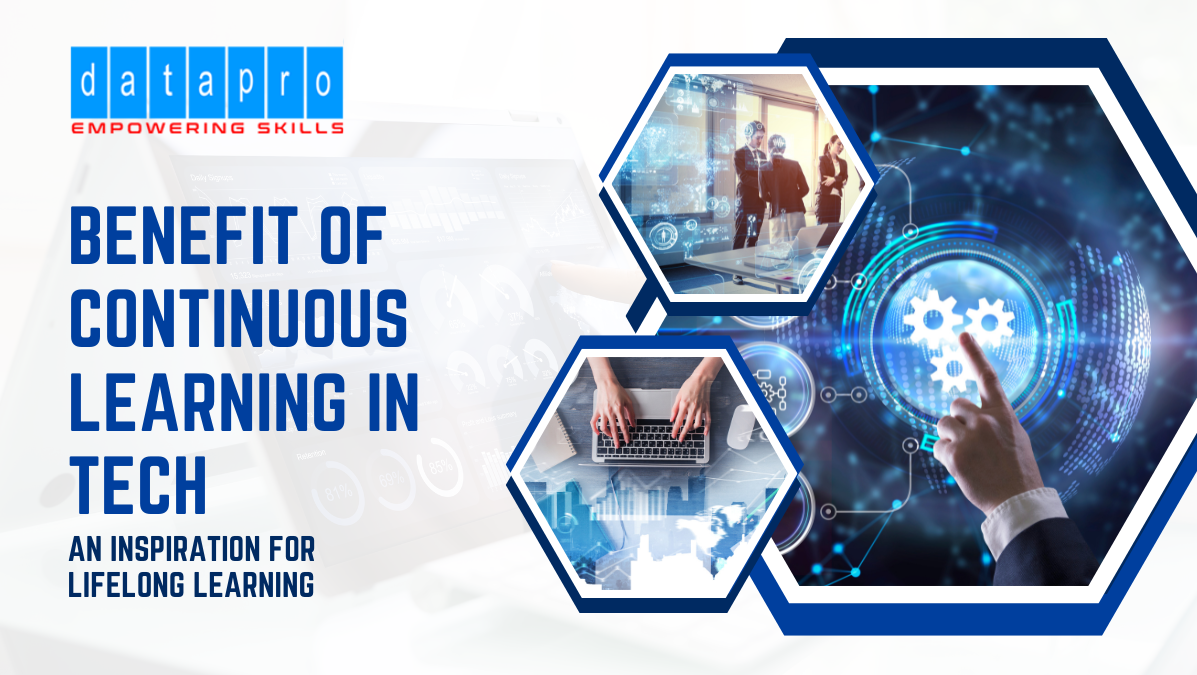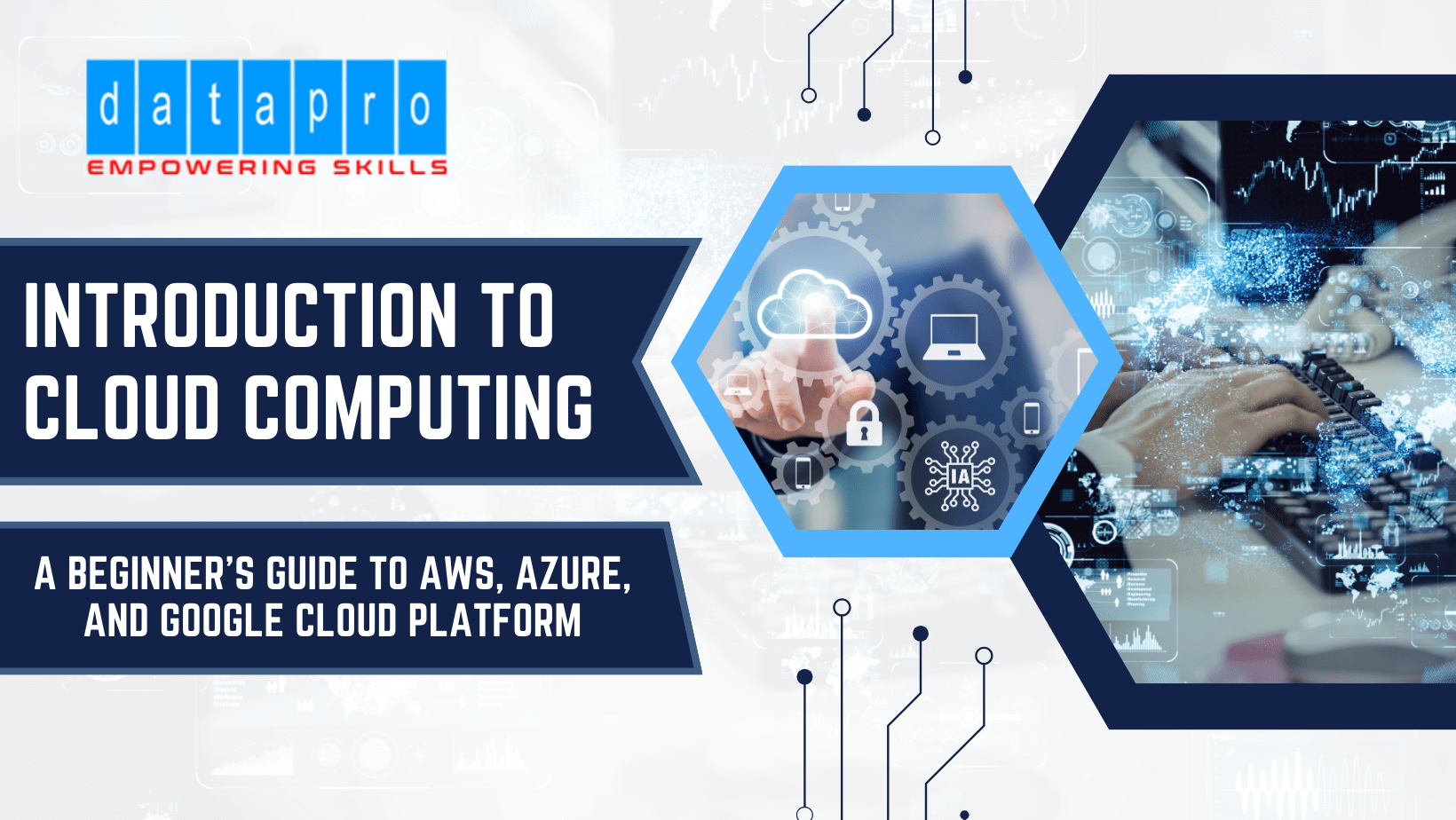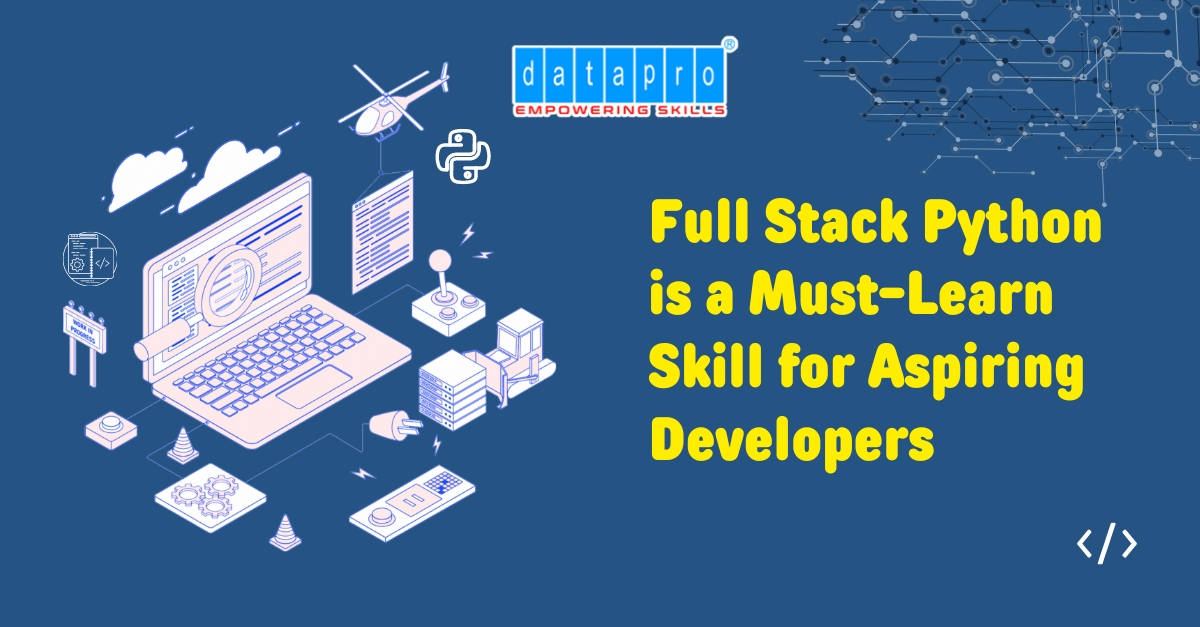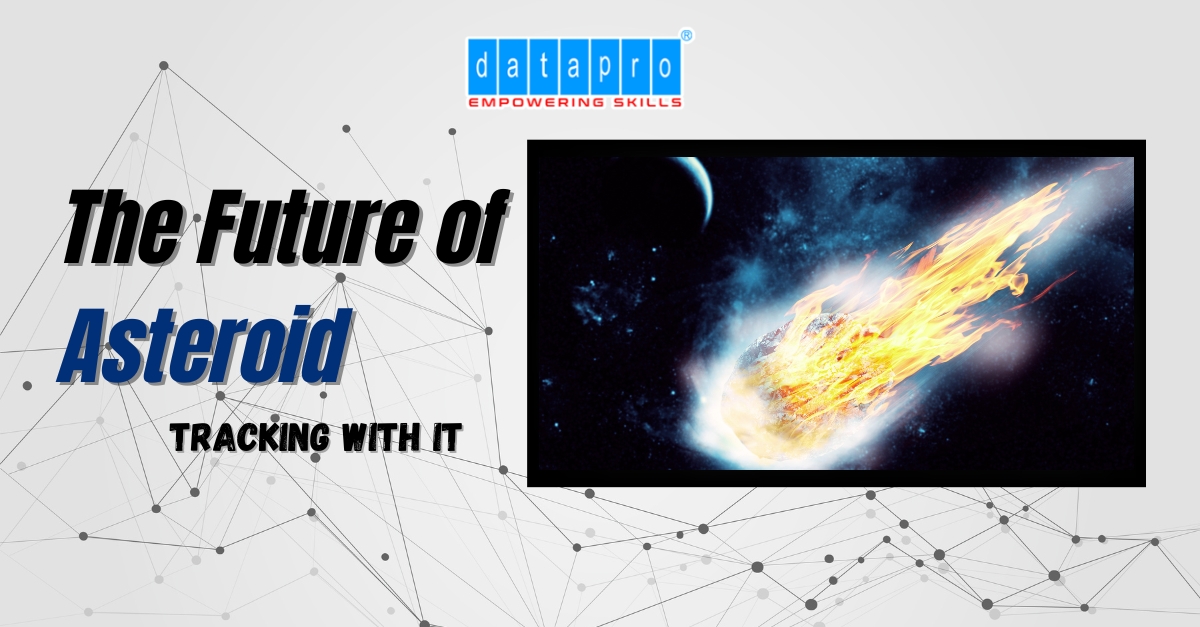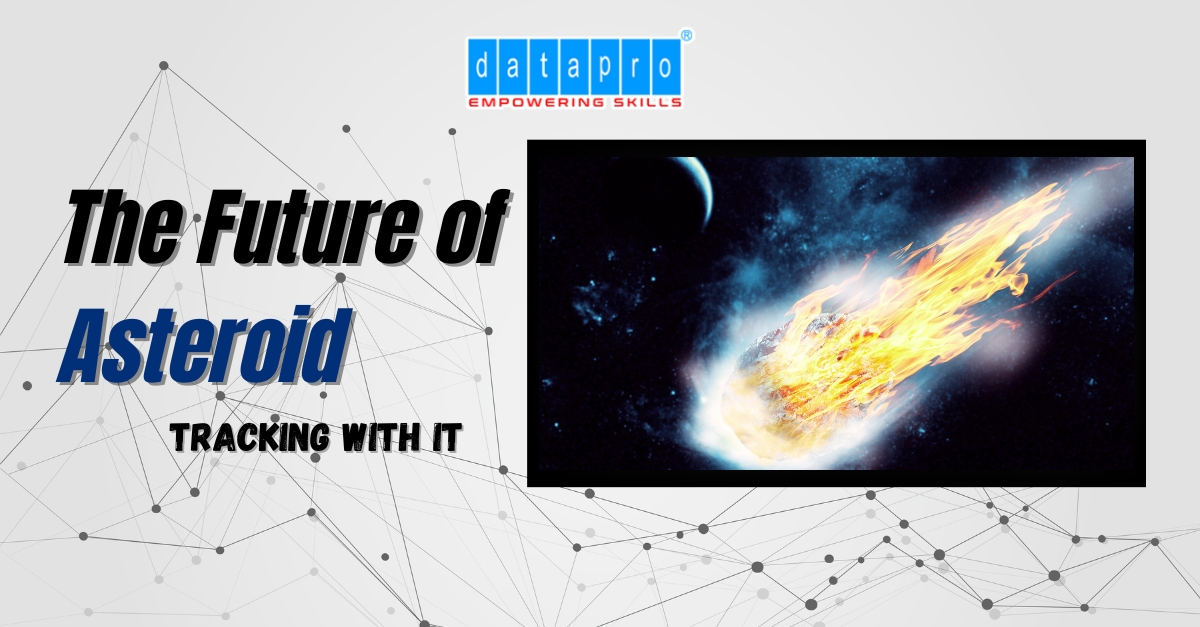
Asteroids are fascinating and, at times, fear-inducing objects in space. These chunks of rock and metal float through the vast emptiness, occasionally making close passes by Earth. Although the chances of a direct collision with a large asteroid are rare, the consequences could be catastrophic. That’s why tracking these space rocks is crucial. In the last few decades, the methods and technologies used for asteroid detection and tracking have evolved significantly, and at the heart of this evolution lies Information Technology (IT).
The Challenge of Tracking Asteroids
Asteroids vary in size and speed, making them difficult to track. Some are as small as a pebble, while others are massive, spanning hundreds of kilometers. They travel at speeds of up to 30 kilometers per second, and their orbits around the sun can be erratic due to gravitational forces from planets or collisions with other space objects. Detecting these asteroids early gives scientists valuable time to assess their threat level and plan for possible mitigation strategies.
Traditional methods of asteroid observation relied heavily on optical telescopes and visual tracking. However, these methods were slow and prone to error, as they required manual calculations of the asteroid's speed, size, and orbit. Today, with the advent of advanced technology, the process has become far more automated, accurate, and efficient. information technology courses plays a crucial role in processing and analyzing the massive amounts of data gathered from observatories worldwide.
How IT Transforms Asteroid Detection
Modern asteroid tracking involves a combination of telescopes, satellites, sensors, and—most importantly—software that processes large sets of data. Here's how IT has revolutionized this field:
1. Data Analytics - From Raw Data to Actionable Insights
When astronomers capture images of the night sky, what they’re gathering is raw data—millions of data points representing light sources like stars, planets, and asteroids. While traditional methods rely on human observation to sort through this data, today, we have algorithms that automatically process these images and extract valuable information.
IT systems can analyze large datasets in seconds, sifting through the noise to identify patterns. This helps astronomers detect faint or fast-moving objects that might be missed otherwise. By running multiple simulations, scientists can predict an asteroid's future movements, helping to assess whether it poses a potential danger to Earth.
2. Artificial Intelligence and Machine Learning - The Learning Process
Artificial Intelligence (AI) is revolutionizing the way we track asteroids. Machine learning models are trained on years of data, teaching computers to identify patterns in asteroid orbits. As artificial intelligence course and these models analyze more data, they improve, becoming more accurate at predicting asteroid trajectories. As a result, AI enables faster detection of potential threats, reducing the time between discovery and response.
3. Cloud Computing - The Power of Scalability
Asteroid tracking generates enormous amounts of data, which requires significant computational power to process. Enter cloud computing course—a technology that allows astronomers to access a virtually limitless supply of processing power. With cloud infrastructure, organizations like NASA can run complex simulations and store massive datasets without needing to invest in expensive hardware.
Cloud computing offers flexibility and scalability. Asteroid tracking projects can scale up as necessary, processing massive volumes of data in a fraction of the time it would take with traditional computing systems. The ability to process data quickly allows scientists to make real-time adjustments to their models and predictions.
Asteroid Early Warning Systems
The ultimate goal of asteroid tracking is to provide early warnings about potential asteroid impacts. Early warning systems rely heavily on IT and software to function. These systems are designed to quickly analyze data from various sources, assess the risk, and generate alerts if an asteroid is predicted to make a close pass to Earth.
The International Asteroid Warning Network (IAWN) is one such system that uses IT to track asteroids. The network consists of observatories and space agencies that share data in real time. Algorithms and machine learning models process this data to assess the likelihood of an impact. If a threat is detected, the system alerts governments and international agencies so they can take necessary action.
These early warning systems are a testament to the power of IT, providing a vital layer of defense against potential asteroid collisions.
IT Innovations Beyond Detection
The role of IT in asteroid tracking doesn’t stop at detection. IT also plays a key role in the study and exploration of asteroids. As space missions increasingly focus on studying these celestial bodies, IT is essential in controlling spacecraft, analyzing samples, and processing data from missions.
For example, NASA’s OSIRIS-REx mission, which successfully collected a sample from the asteroid Bennu, relied heavily on IT systems to navigate the spacecraft and ensure the safe collection and return of asteroid material. These missions generate huge amounts of data, all of which need to be processed and interpreted using IT tools.
The Future of Asteroid Tracking - IT at the Forefront
Looking ahead, the future of asteroid tracking will rely even more heavily on IT. With advancements in artificial intelligence, quantum computing, and machine learning, we will be able to process even more data in less time, improving our ability to predict asteroid paths with precision. Moreover, as space exploration continues to advance, asteroid mining may become a focus, unlocking valuable resources from these celestial bodies. IT will be the backbone of such operations, from navigating spacecraft to analyzing minerals. In short, the intersection of space and IT will only continue to grow.
Conclusion
Asteroid tracking is just one of the countless fields where IT plays a game-changing role. From data analytics that turns raw information into meaningful insights to AI that sharpens our ability to predict asteroid paths, technology has transformed space exploration. What used to be slow, manual work is now a precise, real-time operation, thanks to cloud computing and big data.
But it’s not just about space—this is happening in every corner of the tech world. IT is the backbone of innovation, enabling breakthroughs in industries from healthcare to finance and beyond. Whether it’s securing Earth from asteroids or powering smart cities, IT is driving the future. If you're passionate about technology’s potential, this is your moment. The world of IT offers endless opportunities to make a real impact. Ready to be part of the revolution? Join Datapro Computers as it is the best software training institute in vizag and take your first step toward an exciting IT career—one that could even help protect the planet from the dangers lurking in space!

